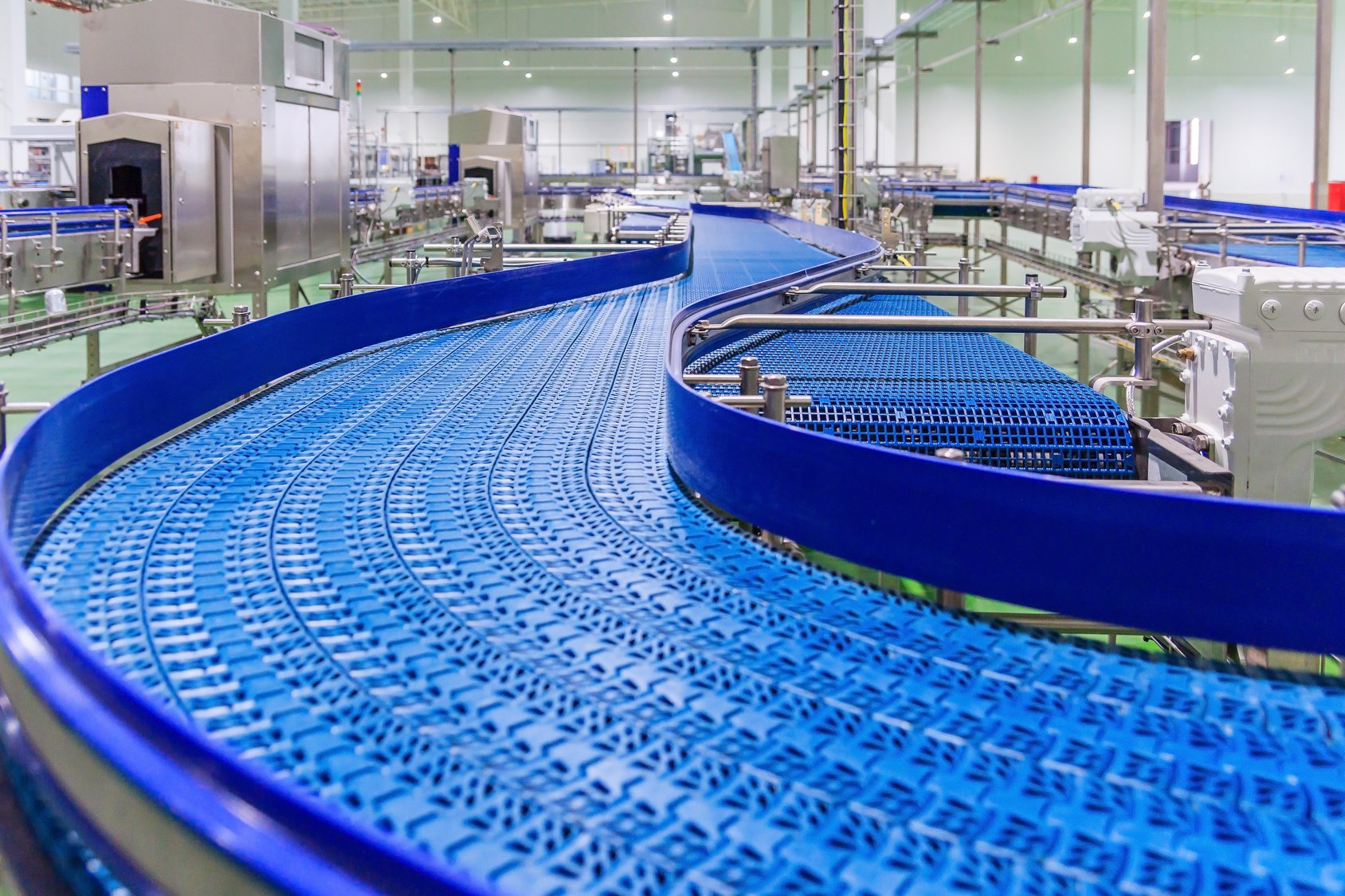The difference between standard and actual cost
Before I get into the best costing methodology for a work-order-driven manufacturing company, let me define both methods. With standard cost versus actual cost, the discussion centers around how the ERP system values an inventory or labor transaction. Here is how the different costing methods calculate the value of the transactions.
Receipt into Inventory
- Standard Cost: The value of the item, either bought or fabricated, is always the stated standard cost of the part. This is true for parts going in or out of inventory. Any difference between the actual and standard cost is put into a variance account. Two examples:
- A raw material has a standard cost of $10 each. When 50 are purchased, the inventory receipt of those 50 is valued at $500. If the amount paid was actually $11 each, the $50 negative variance goes into the variance general ledger (G/L) account.
- A fabricated finished good has a standard cost of $300. When it is received into inventory, the item is valued at $300. If it only cost $275 to make, that $25 positive variance goes into the variance G/L account.
- Actual Cost: The value of the item, either bought or fabricated, is always the actual cost of the part. Inventory is kept in “layers;” each layer contains the costing information for that transaction. Items and their respective costs leave inventory in a first in, first out (FIFO) or a last in, first out (LIFO) method. Since the actual cost is going into inventory, there is no need for a variance account. An example:
- A raw material costs $11 each, and 50 go into inventory. That inventory layer is valued at $550. Another purchase of the same material takes place. This time it’s 1000 at $10 each. That layer is valued at $10,000. If a FIFO method is chosen, the first 50 that come out of inventory will be valued at $11 each, the next 1,000 will be valued at $10 each. The exact same methodology would happen for a fabricated finished good or fabricated raw material.
Do you wish you had an ERP solution to manage costs? Learn how to search for one.
Labor Transaction
- Standard Cost: An employee’s labor hours are multiplied by the standard hourly cost for the resource where the labor was performed.
- Actual Cost: An employee’s labor hours are multiplied by the employee’s actual hourly wage.
Standard cost vs. average cost
|
|
Standard Cost |
Actual Cost |
| Receipt into Inventory | The value of the item, either bought or fabricated, is always the stated standard cost of the part. | The value of the item, either bought or fabricated, is always the actual cost of the part. |
| Labor Transaction | An employee’s labor hours are multiplied by the standard hourly cost for the resource where the labor was performed. | An employee’s labor hours are multiplied by the employee’s actual hourly wage. |
The winner of standard cost vs. actual cost is…
Now that there is an understanding of how standard and actual costing works, which method is best for a work-order-driven manufacturing company? For me, this is an easy question and actual cost is the answer. Here’s why:
- It’s the best of both worlds. In an actual cost set-up, you still declare a standard cost for all your items and resources. These costs aren’t used to value an inventory or labor transaction though. They are used to generate the estimated cost of a work order. Let’s say you need a raw material that has a standard cost of $10 per item and the work order calls for a quantity of five. The estimated material cost is $50. In the execution of the work order, what was actually used was a quantity of six and the value of each was $11. Therefore, the actual material cost is $66, leaving a negative variance of $16. This variance is in the work order, not a G/L account.
- Changing standards doesn’t revalue inventory. In a standard cost system, inventory is valued at standard cost. If the standard cost changes, inventory value changes. Because of this, the finance department usually locks standard costs for a year. In an actual cost system, standard cost doesn’t value inventory, so standard costs can be kept up to date on a more regular basis. This is especially important if you quote a lot of non-standard items or there is volatility in your raw material costs.
Not everyone agrees with me
What else is new. The biggest complaint I hear about using actual costs in a work-order-driven manufacturing environment is from accountants. They don’t like that the same item can go into inventory at different costs. The common phrase is, “It’s messy.” They like the sense of order a standard cost methodology provides. Transactions are valued uniformly, while variances (the messy part) are tucked into a few G/L accounts.
My response is that reality is messy. The goal of production management is to strive for consistency. It’s easier to see problems right in the work order, rather than a G/L bucket that shows the net effect of ALL variances.
See Also: Standard Costing Options For Manufacturers
Power BI Reporting & AnalyticsPower BI could revolutionize your business by turning your ERP data into clear insights. Want to see Power BI in action? |
Continue the conversation?
Visual South helps good companies become better companies. We do this by selling and implementing the best ERP products for small to medium-sized work-order-driven manufacturers: Infor CloudSuite Industrial and Infor VISUAL. If you own these products and feel you aren’t using them to their potential, we can help there also. Let’s talk.










